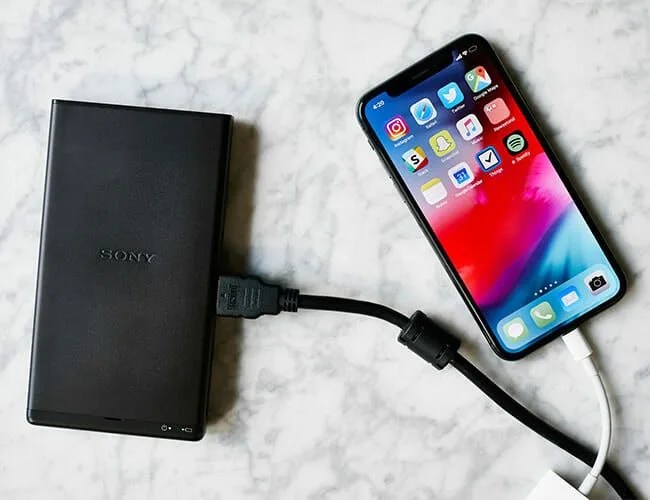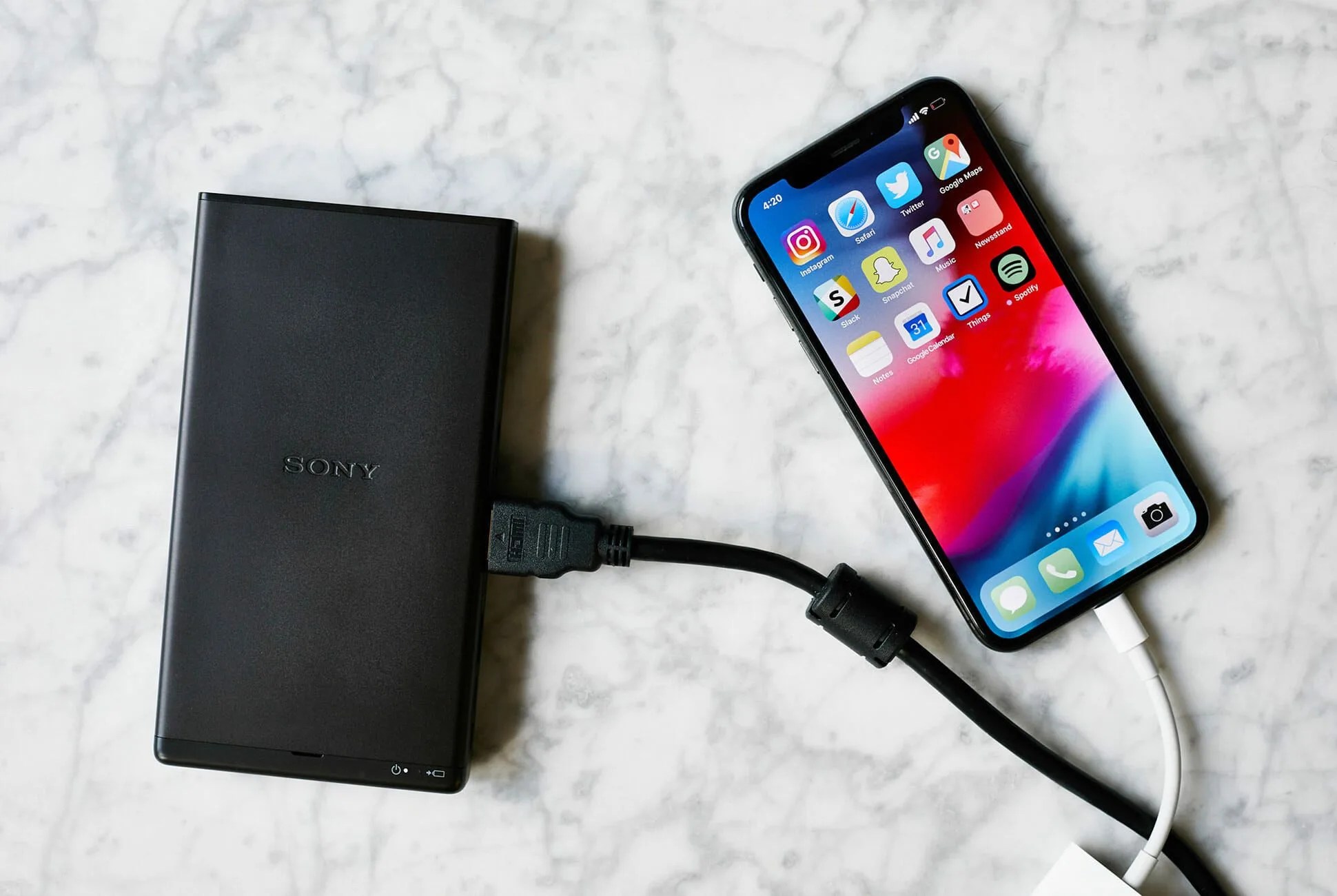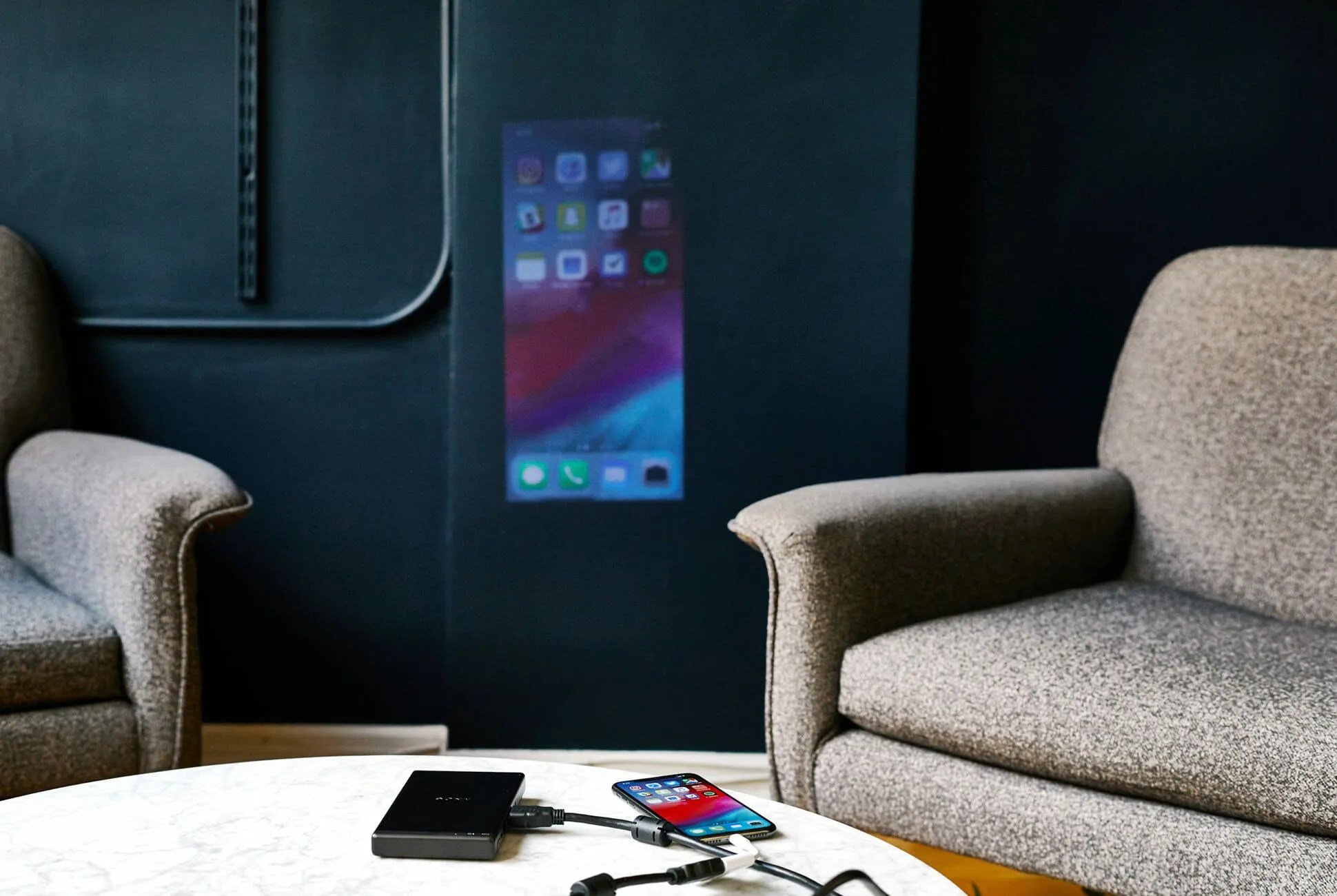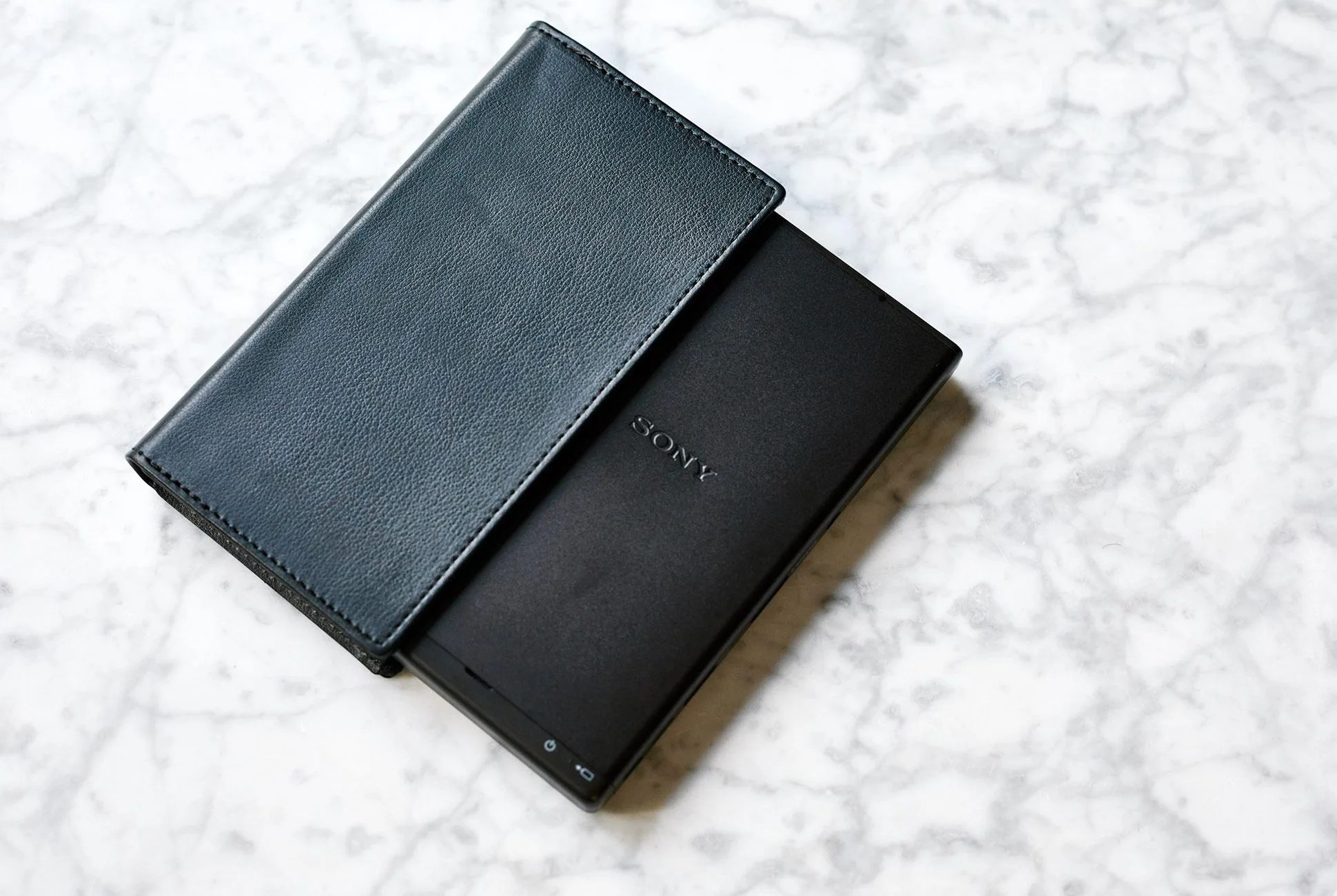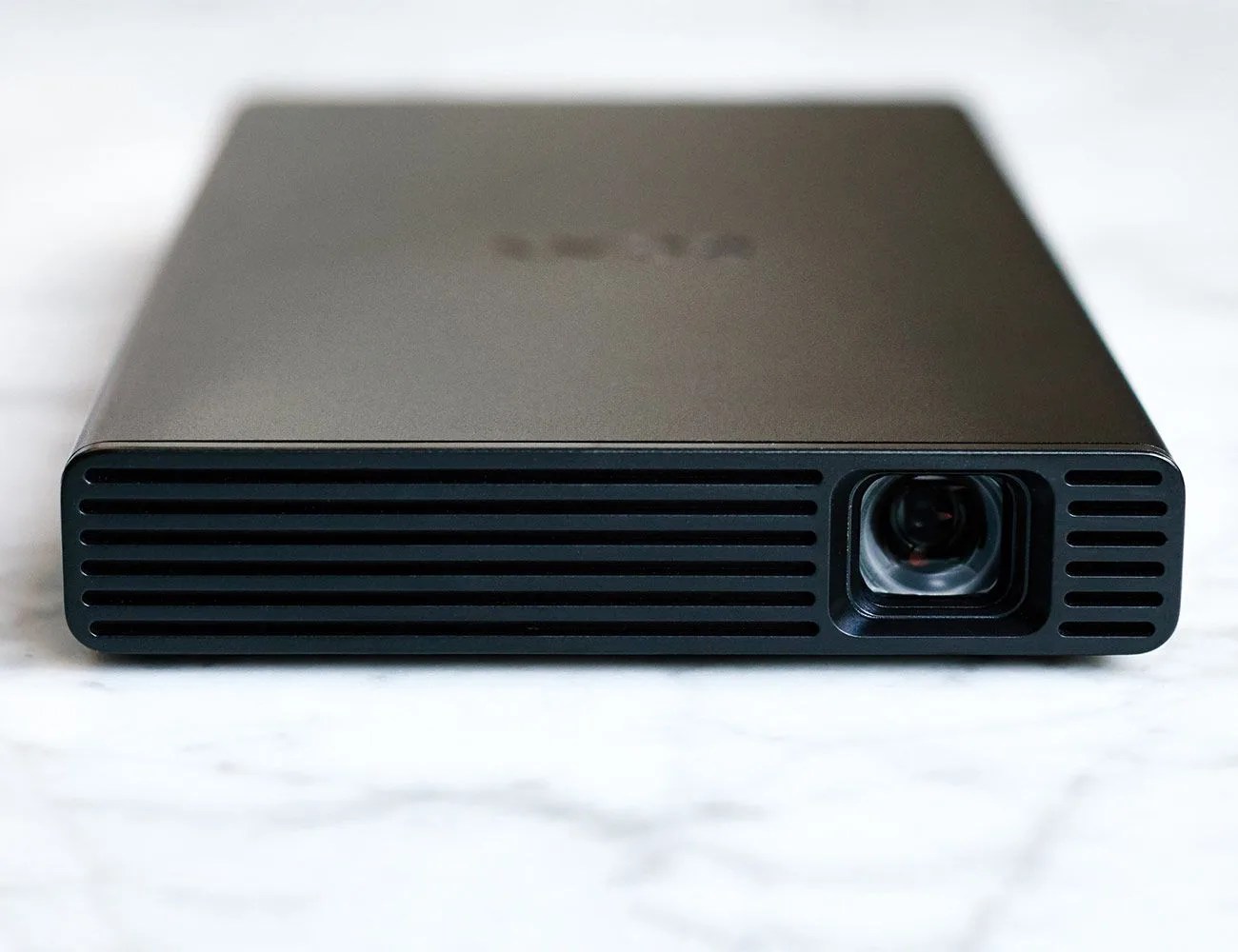3 photos
Pico projectors are an admittedly niche category. After rising in popularity in 2015 and then experiencing a kind of lull in the years afterward, companies like Anker, Sony and LG are trying to make them cool again. Or rather, they’ve always been pretty cool, in my opinion, but pico projectors are now smaller, more versatile and able to produce better pictures these days. However, with smartphones and computers being so advanced and streaming devices being so readily available, a pico projector is a essential luxury gadget – it’s really only businessmen who want to projector presentations, frequent travelers who want to big a bigger viewing experience into their hotel rooms or simply lovers of niche tech who want to just like. Still, if those people are looking for a good pico projector, they’ve got a few choices.
Enter the Sony MP-CD1 ($369+). Released in 2018, it shares a similar look and design as the company’s 2015-released Sony MP-CL1A ($350) portable projector, but the main difference between the two is brightness. The MP-CD1 utilizes Texas Instruments’s DLP IntelliBright LED technology, enabling it to emit up to 105 lumens, in contrast to the MP-CL1A’s 32 lumens, meaning it’s much brighter. Additionally, the Sony MP-CD1 has an HDMI port for source connection, USB-A and USB-C ports for charging, and a 3.5mm jack, so you can easily to attach a separate speaker for improved audio.
The main competition for the MP-CD1 is the Anker Nebula Capsule. It’s completely different looking and is slightly cheaper than the MP-CD1, but its image quality – less than HD – is very similar. I reviewed the Nebula Capsule earlier this year and throughout this review, I compare the two pico projectors. Which should you buy?
The Good: The Sony MP-CD1 looks sleeker and more stylish than many other portable projectors in this price range. It can almost fit in your pocket, as it’s only slightly bigger than the latest big-screen smartphones. It couldn’t be simpler to use – you just plug its HDMI (with an adapter) into your laptop, smartphone or gaming console and it projects the screen onto a wall. Its 5,000mAh battery is pretty decent, lasting for around 2.5 hours on a single charge. It can function as a portable power bank for your smartphone. And it charges via USB-C, so you can charge it with the same charger you use with your newer MacBook Pro or Android smartphone, or even your Nintendo Switch. The fan is quieter than other pico projectors.
Who They’re For: Like most portable projectors, the Sony MP-CD1 is best used as a travel gadget. It’s optimal for hooking up to a smartphone or laptop and blowing up videos or presentations on the big screen. The fact that it’s so slim, functions as a separate power bank and charges via USB-C, makes it a great addition for modern globetrotters or all-around gadget lovers.
